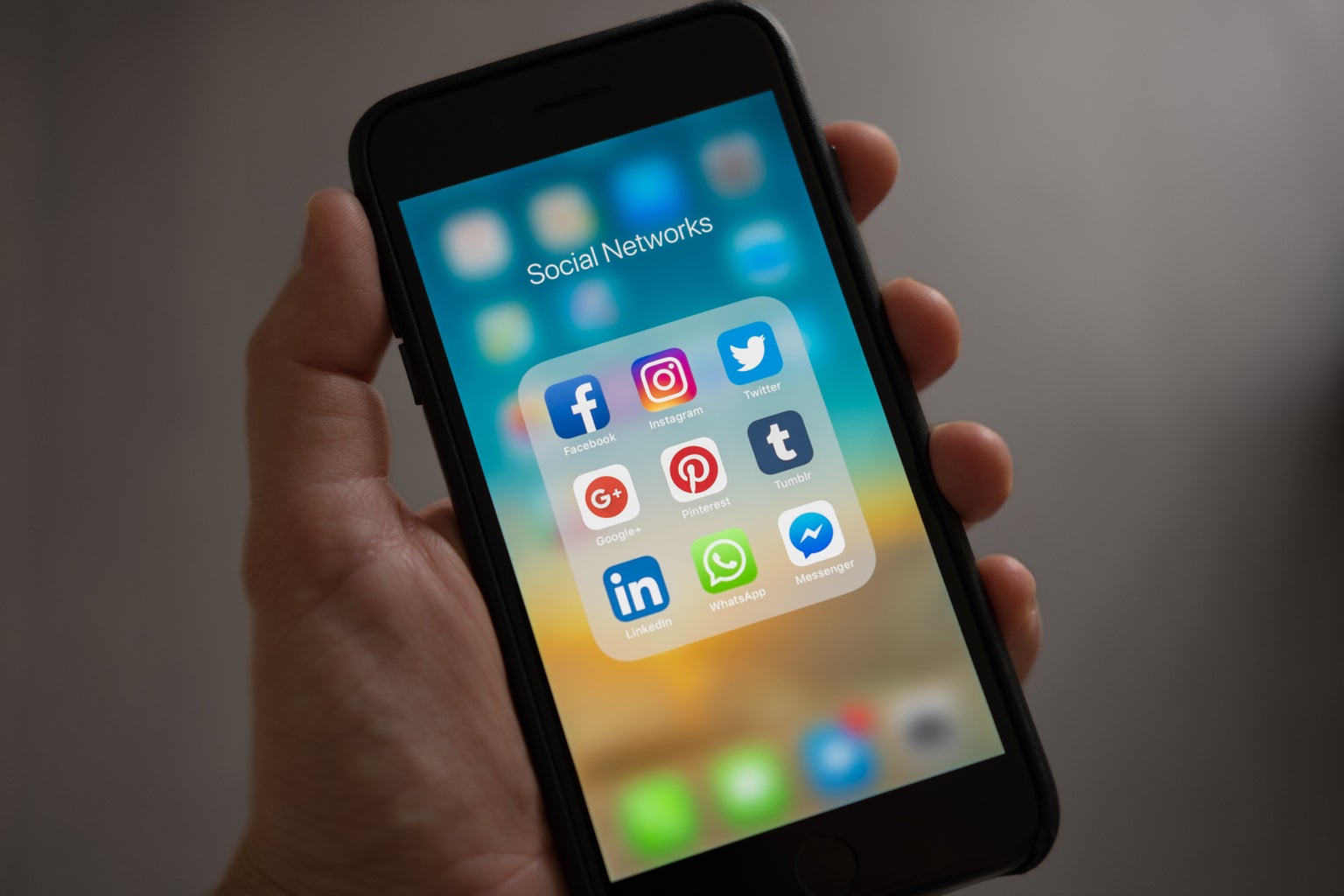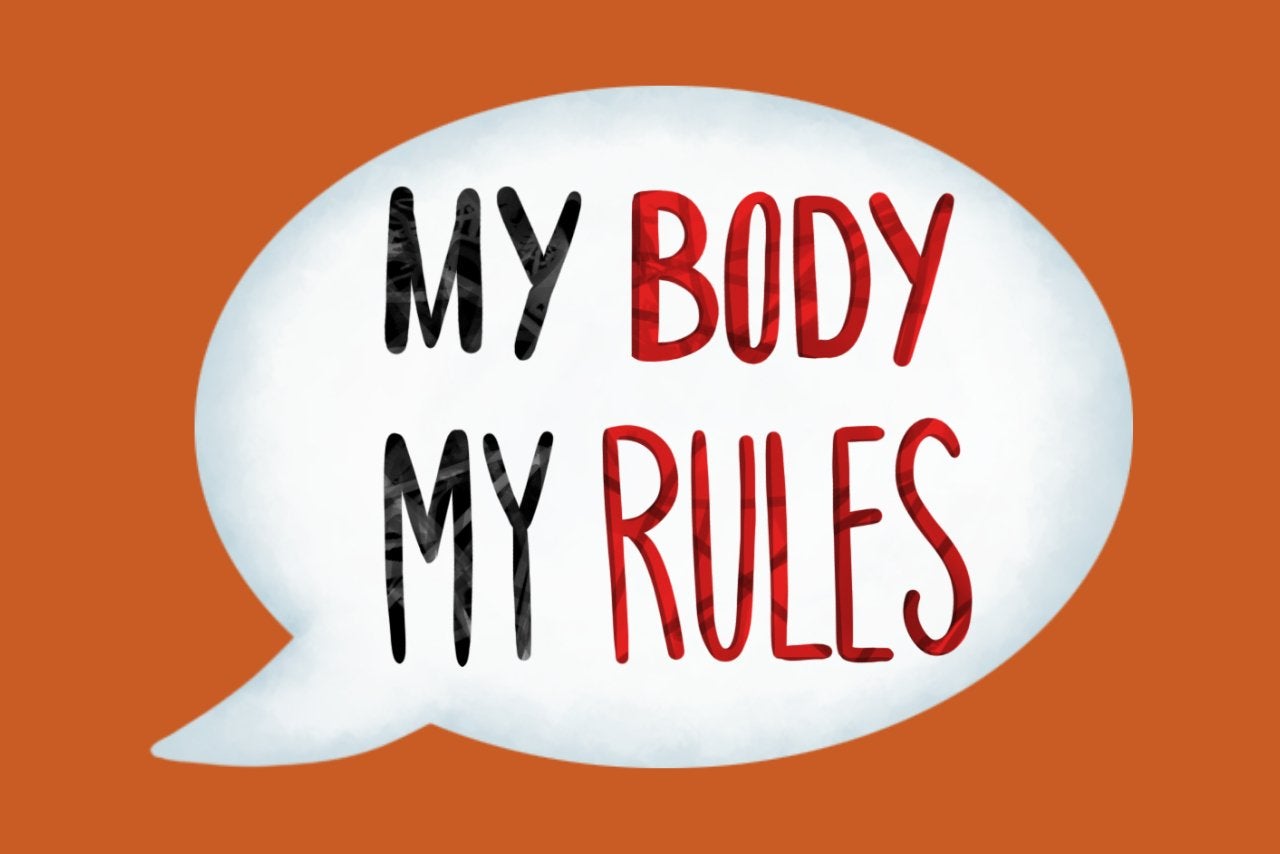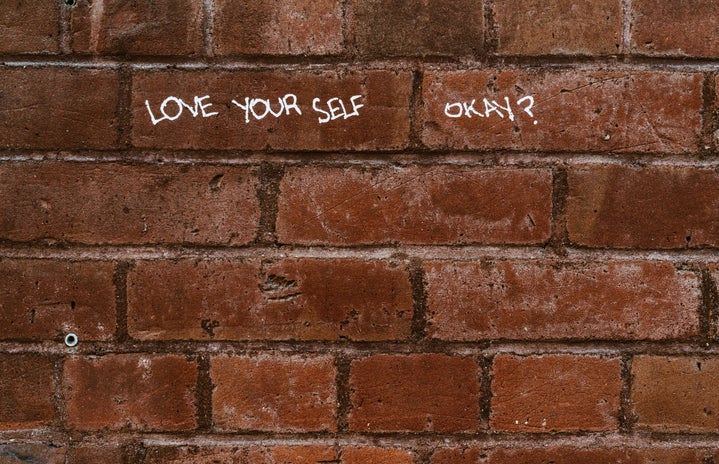TW/ CW: this article discusses eating disorders, depression, and self-harm which some readers may find upsetting or triggering. Please proceed with caution.
We have heard it all too often that the rise of social media as a daily part of our lives has altered our perception of our bodies. However, placing the blame solely on social media ignores any other cultural responsibility that identifies the deeper, more perverse aspects of body image. The standard for skinny began long before social media even existed.
This year would probably stand as the first year I didn’t have an overall negative perception of my body. The equation of skinny to beautiful pervaded all aspects of my life even before I created my first Instagram account. I can still so clearly recall the first time I saw myself and thought I needed to lose weight — I was 10 years old.

By the time I turned 13, I saw a direct connection that if you had a thin body, people considered you beautiful. At 15, I received my first compliment about looking good because the person thought I lost weight. Between being 10 and 15, I began to rely on food as a way to cope with my anxiety surrounding school and depression related to the ongoing bullying.
Both of these pressures pushed me to try to control at least something, so I chose food. I cycled between limiting myself to less than 1200 Calories a day to bingeing anything appealing.
Enter the addition of social media. It opened up the path to pro-anorexia Instagram and Tumblr accounts that promoted the supposed benefits of being skinny. They picked celebrities as their #thinspo (thin inspirations) and posted black and white pictures of their coveted thigh gaps.
I remember staring at the mirror rotating my legs a certain way to allow for a thigh gap. Skinny wasn’t the only thing on the menu for these accounts either — self-harm almost always came as a side. Instead of thigh gaps, black and white photos of fresh cuts slowly began to enter my feed.
From the first pro-anorexia post I interacted with to now, it has taken me over seven years to fully recover. Since then, I have surrounded myself with a more body-positive group of people: individuals willing to have open and honest communication about topics once considered taboo.

My genetics and family history pre-determined certain aspects of my body: having wider hips, more bone density, and carrying a higher fat percentage. Although I still struggle with the idea of weight gain, I have more “good body days” than bad. The skinny standard isn’t my standard anymore.


